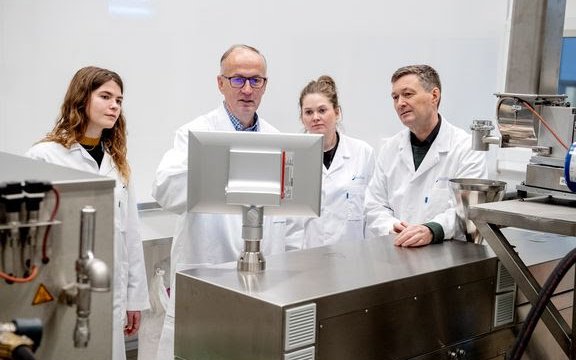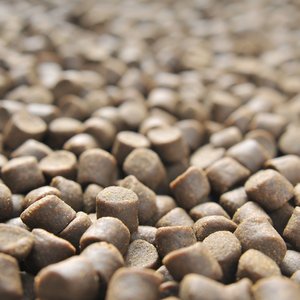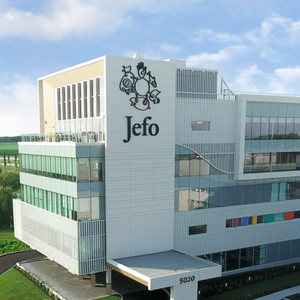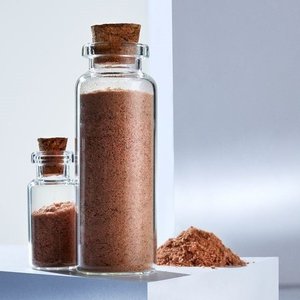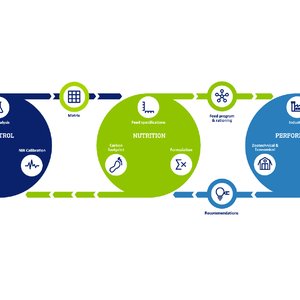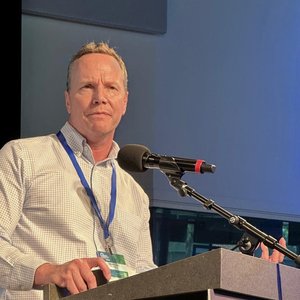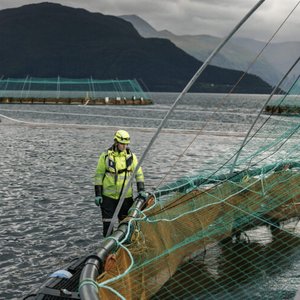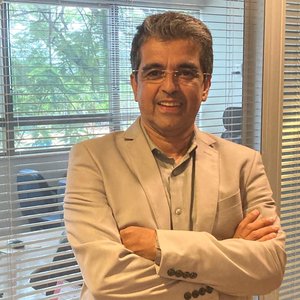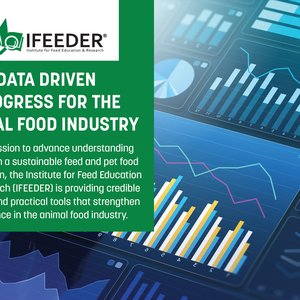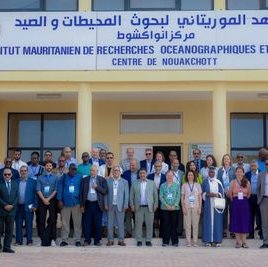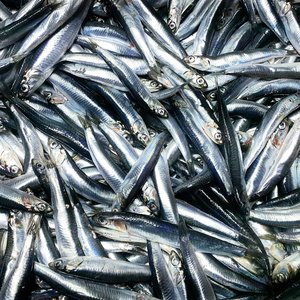Replacing fish oil with a more sustainable, oil-rich ingredient is a complex challenge, as new ingredients must be tested both technically and nutritionally. The Millennial Salmon project serves as an example, focusing on the evaluation of an algae-based product. As part of the project, Nofima explored how much of an algae-based product (AlgaPrime™ DHA LS by Corbion), rich in DHA, could be included in salmon feed and its effects on fish.
Previously, Nofima tested DHA-rich algae-based dry powder mixed into feed. However, AlgaPrime™ DHA LS is unique as it combines microalgae biomass with rapeseed oil to create a liquid product.
Most fish feed is produced using an extruder. Extrusion involves cooking, kneading, and expanding the feed mixture through dies, followed by drying into porous pellets. For fish feed, small pores are essential to allow oil to be infused into the pellets via vacuum coating, making the feed more nutritious.
“In the extruder, we rely on friction, which limits the fat content in the feed mixture to a maximum of 11%. However, that’s not enough fat for the fish, so we coat the remaining oil by drawing it into the pores where it stays,” explained Nofima researcher Tor Andreas Samuelsen.
In this case, the challenge lies in ensuring the pores are large enough for the algae biomass particles in the rapeseed oil to penetrate the pellet while keeping them small enough to prevent oil leakage during storage and feeding.
Nofima's Aquafeed Technology Centre in Bergen conducted tests to evaluate algae levels in feed, measuring technical pellet quality properties like hardness, water stability, oil leakage, and pellet pore size. Salmon feed trials were carried out at Nofima's research station in Sunndalsøra.
The results exceeded initial expectations, showing that it was commercially viable to include more of the algae product in the feed than anticipated. Feeding trials revealed that salmon accepted all the experimental feeds and digested the nutrients effectively. While cell wall rupture is often necessary to make microalgae nutrients accessible to fish before feed production, this trial demonstrated that such processing wasn’t required for this algae product.
The trial produced positive results, though the actual inclusion level of an oil-rich ingredient in feed production will depend on factors like fat levels in other ingredients, pellet pore size, and production line conditions.
These findings provide valuable insights for Corbion. Tim Rutten, vice president of nutrition at Corbion, stated, “Corbion is constantly seeking to create innovative and sustainable solutions, and we are pleased that the results of this study affirm the technical performance of our product, enabling the industry to use a sustainable source of omega-3 at high inclusion levels.”
The research was funded by the Research Council of Norway and the industrial project partners MOWI, Labyerie fine foods, Cargill, Corbion, Innovafeed and Auchan.
Reference:
Tor Andreas Samuelsen, Katerina Kousoulaki, André Sture Bogevik. Microalgae suspension as a source of n-3 long-chain PUFA in feed for Atlantic Salmon (Salmo salar L) – Technical constraints and nutritional quality, Aquaculture, Volume 581, 2024, 740459, ISSN 0044-8486, https://doi.org/10.1016/j.aquaculture.2023.740459


